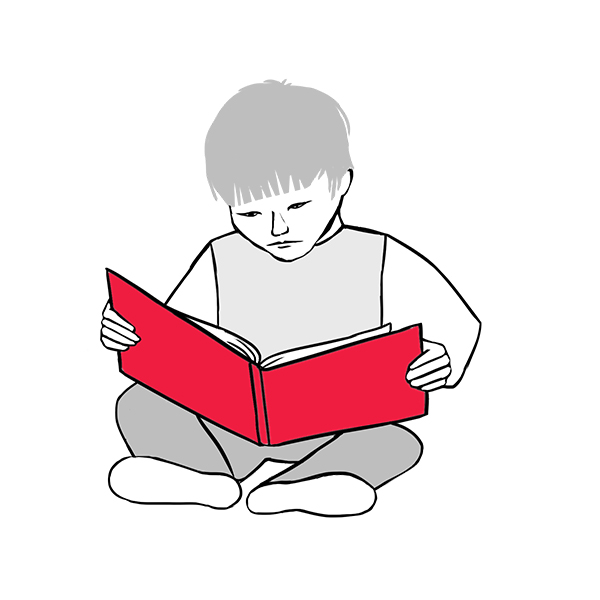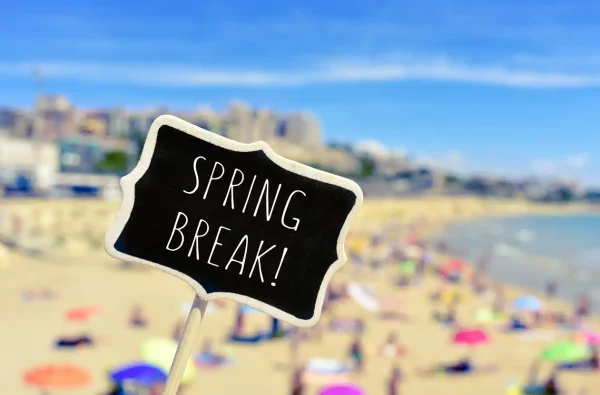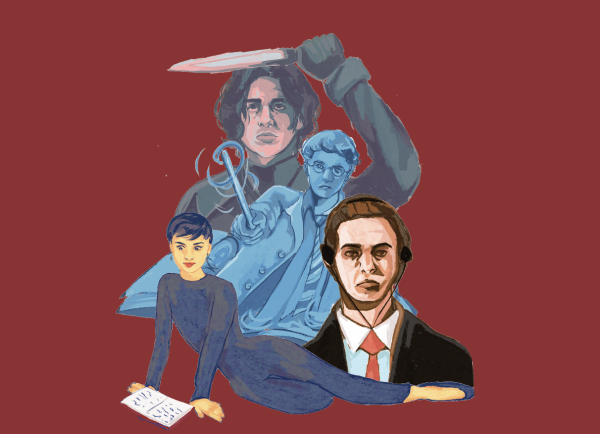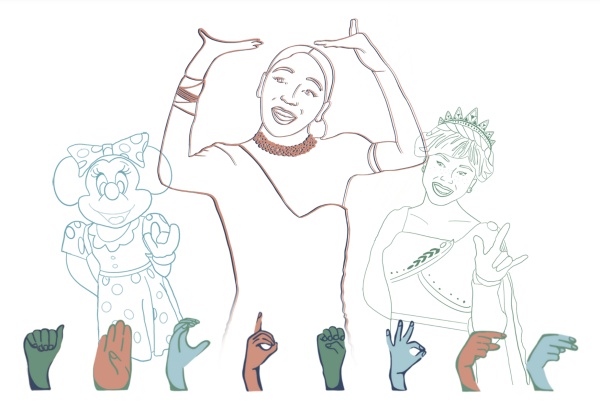AAR: The Real Deal
A look at two Paly students’ Advanced Authentic Research projects and their implications in the Bay Area community
Do you have a passion for subject matter beyond what is taught in the typical Paly classroom? Many students are pursuing their passions by taking Advanced Authentic Research (AAR), a class that enables students to research a unique project of their choice. AAR recently won the Glenn W. Hoffman Award which celebrates school programs that significantly impact student success in Santa Clara County. AAR invites students to explore ideas that authentically intrigue them in a low-risk environment. With the help of a mentor in their field of interest and a teacher advisor, any 10th through 12th grade student can act on their intellectual curiosities. Over a hundred Paly students are currently working on AAR projects as varied as an investigation into sports team chemistry to the genetic mutation of cancer genes.
Emily Tomz: Team Cohesion
 Emily Tomz, an avid soccer player, used her AAR project as a means to answer a question about what variables seem to be associated with a player’s satisfaction with her team. Tomz, who plays both Palo Alto High School Girls’ Varsity soccer and club soccer, has had different experiences with both teams. “I was interested in what different factors correspond to team cohesion and the satisfaction of players within the teams, and if it was different between high school and club levels,” Tomz said. AAR has allowed her to explore this question over the past year by completing a number of milestones, beginning with developing a research question with her mentor. The mentor helps guide the student in their research project and is able to give expert advice. “It has been a really good experience to be working with a mentor,” Tomz said.
Emily Tomz, an avid soccer player, used her AAR project as a means to answer a question about what variables seem to be associated with a player’s satisfaction with her team. Tomz, who plays both Palo Alto High School Girls’ Varsity soccer and club soccer, has had different experiences with both teams. “I was interested in what different factors correspond to team cohesion and the satisfaction of players within the teams, and if it was different between high school and club levels,” Tomz said. AAR has allowed her to explore this question over the past year by completing a number of milestones, beginning with developing a research question with her mentor. The mentor helps guide the student in their research project and is able to give expert advice. “It has been a really good experience to be working with a mentor,” Tomz said.
Currently, Tomz is working to analyze the raw data she has collected from soccer players from various teams all around the Bay Area to identify what variables seem to be associated with player contentment and team cohesion. “One thing I have noticed as I have started to look at the data is that your relationship with your teammates and your coach seems to be associated with your overall satisfaction on the team,” Tomz said.Furthermore, Tomz hopes to use her data in the future to create a curriculum for club coaches to implement into their practices to see if it could help player satisfaction in general and teams work better together.
Sarah Sundermeyer: Child Literacy
 The Social Justice Pathway (SJP) has teamed up with AAR over the past year to enable SJP students to create research projects that address a local social justice issue. Students research the causes that impact the social justice problem and propose a possible solution to this problem. Sarah Sundermeyer, a Palo Alto High School senior and member of SJP, decided to pursue a research project on the variables that affect literacy development among K-3 students. “Junior year in the Social Justice Pathway, we do an internship with a local non-profit, and I ended up doing my internship with this non-profit called Reading Partners,” Sundermeyer said. This internship led Sundermeyer to become interested in child literacy, especially with children who are low-income minority students.
The Social Justice Pathway (SJP) has teamed up with AAR over the past year to enable SJP students to create research projects that address a local social justice issue. Students research the causes that impact the social justice problem and propose a possible solution to this problem. Sarah Sundermeyer, a Palo Alto High School senior and member of SJP, decided to pursue a research project on the variables that affect literacy development among K-3 students. “Junior year in the Social Justice Pathway, we do an internship with a local non-profit, and I ended up doing my internship with this non-profit called Reading Partners,” Sundermeyer said. This internship led Sundermeyer to become interested in child literacy, especially with children who are low-income minority students.
To address her social justice issue, Sundermeyer created a program at Laurel School in Menlo Park called Book Buddies, which works with the Laurel School after-school program to promote increased reading outside of school. Each week this semester, Sundermeyer has been creating a handful of themed book bags that contain several books of the same theme but at different reading levels, along with a stuffed animal that fits the theme. Five different students get to take a book bag home each week. All of the students involved in the Book Buddies program are invited to take a weekly survey which asks if they had a chance to take home a book bag or not in the past week and how many books they read at home that week. “My goal is to try and figure out if the Book Buddies program is actually increasing the amount of books they read each week,” Sundermeyer said. The best part for Sundermeyer has been working with the kids. “They are so excited about the program — they are really excited to be able to bring home the animals, and they’re all waiting for their turn to bring them home, so it has been fun to work with them.”






